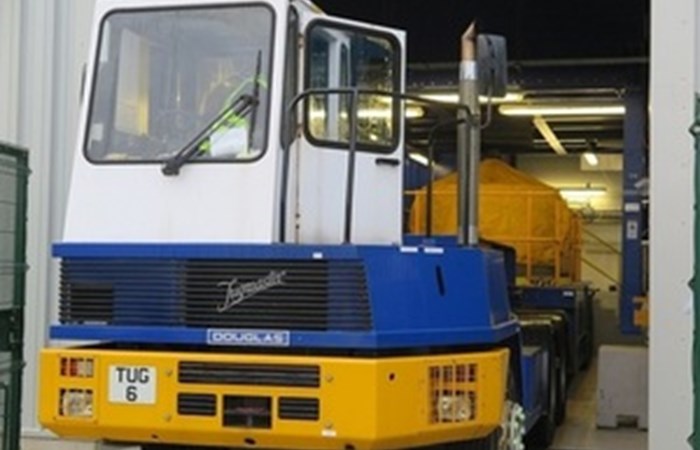Nuclear Decommissioning Authority

The project is being delivered 10 years ahead of schedule and for half the expected cost.
Sludge, formed from decaying nuclear fuel, natural growing algae and other debris, has accumulated in the murky water of the Pile Fuel Storage Pond at Sellafield during its 65-year lifespan. It must be removed so the facility can be safely decommissioned.
Following years of planning and preparation, the first 500-litre drum containing the mud-like substance was moved to an encapsulation plant last week. It is then grouted rendering the waste passively safe - and processed into a storage state, ready for final disposal in a geological disposal facility.
The initial sludge removal involves pumping the material into a purpose-built treatment plant next to the pond, before transfer to the drum filling plant.
It will take several years to remove all of the sludge in the pond.
The project is being delivered for half the predicted 200 million cost. A 10-year project to dewater the pond will start in 2019, while sludge is still being removed.
The 100-metre long pond was originally used to store nuclear fuel used to make atomic weapons.
All the bulk stocks of fuel have now been removed, leaving sludge as the biggest remaining radioactive hazard.
The Pile Fuel Storage Pond (PFSP) is one of the 4 ageing facilities at Sellafield which the NDA has prioritised for clean-up.
John Clarke, NDAs Chief Executive, said:
This pond was not designed with decommissioning in mind, and therefore we welcome this work by Sellafield Ltd to begin safe removal of sludge, which is a key step in making the site safer. The removal of the sludge contributes to achieving our overall goal of risk reduction by placing radioactive material and substances under more modern storage arrangements until it is ultimately moved to a Geological Disposal Facility.
Sludge accounts for one third of the ponds remaining radioactive content, after 70 per cent was removed earlier this year with the completion of fuel exports.
Dorothy Gradden, Head of Legacy Ponds for Sellafield Ltd, said:
Theres lots of hard work ahead to get all the sludge out, but this is another key moment for our decommissioning mission and another sign of visible progress.
This is one of the first examples of a legacy facility producing a waste ready for a geological disposal facility its a cradle-to-grave solution.
With the start earlier this year of bulk fuel and sludge removal from our other legacy pond, were now firing on all cylinders in reducing the hazard and risk in these legacy facilities and making them safer places.
